
Tug is defined “to pull hard” by Webster’s online dictionary. People play tug with their dogs by pulling on an item the dog is holding in his or her mouth. To win at tug, you take the item away from your dog.
Many of my clients ask me, “Is it okay to play tug with my puppy?” Good question. I know why you ask.
Tug of war is one of those controversial topics. Some people believe it’s okay to play tug if the human always wins. Other state. “playing tug will increase unwanted aggressive behaviors”. These people tell others to avoid the game of tug with their dogs. I’m not sure why. I suspect these people promote concepts like alpha and dominance. The stronger animal is the boss and the weaker animal submits, right?
If you have visited a few pages on this site, you already know my thoughts on alpha.
I do not coach my clients to compete with their dogs for anything. I do not believe alpha comes into play between people and dogs. Click here to read my controversial article “Forget About Alpha”.
Okay, here are my thoughts on playing tug with puppies and dogs. The simple answer is, ‘it depends”. Tug can be a wonderful teaching game and reward for some dogs. Tug can be a dangerous game with some dogs, without some guidelines to keep it safe and fun.
If your dog exhibits aggressive behaviors, directed at you, then tug is probably not a good game for you and your dog! Young children should not play tug with a puppy who does not know the rules. Play biting kids is a puppy’s favorite pastime. Please click this link about play biting and kids if you have children in the house.
Here are some ideas on teaching puppies and dogs about tug.
You do not want to play tug with your socks, especially when still attached to your feet. To prevent tug games with the wrong items, purchase 1 or 2 tug toys. Once your puppy knows the rules you can play tug with whatever you wish. Tug toys are made for tug and have easy grip handles. Longer rope toys with handles or knots make for good tugging! Keep the tug toys away from your dog, unless you are playing tug. That means the toys should not be in his or her toy box, for them to play with and chew. These toys only come out when you want to play tug!
Here’s one of the best, rope tug toys.
Click the words
Tuff E Nuff Tug, Large to visit Sit Stay and shop for tug toys.
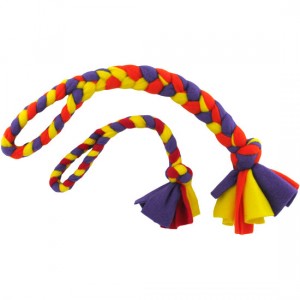
Tuff E Nuff Tug, Large
It’s normal for puppies and dogs to growl and snarl when playing tug. Look for other body posturing that indicate your puppy is playing, not fighting. If your puppy’s butt is in the air and his or her front legs are on the ground, that’s a play bow. Your puppy wants to play!
When your puppy “accidently” makes teeth on skin contact (and he or she will) the game should end. Tell your puppy something like , “oops, you blew it”, and then walk away. If possible, take the toy away. Wait a minute or so, until your puppy is less excited, and then resume play.
Teach your puppy a signal that ends the game. I use “Game Over, then ask for the Drop.
Drop is useful for many games and situations. If your puppy does not know drop, give or trade, tug is a good game to use for teaching. Click this sentence for instructions on teaching your puppy to drop.
Use common sense about playing with your puppy. Puppies do not know how to play with humans. Avoid games that include rough play with your hands, tumbling or roughing up the puppy. This will send your puppy the wrong signals and increase play biting as well as other inappropriate play behaviors.
Happy Training!
Alan J Turner – Companion Animal Behavior Counselor and Trainer, Canine Specialization
How’s Bentley – Memphis, Collierville, Germantown TN
21st Century Canine Relationship Solutions
Private Dog Training in Memphis TN
Reactive Dog Specialist


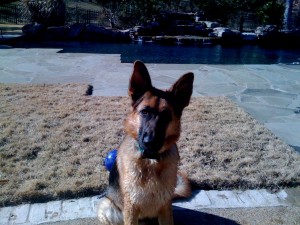
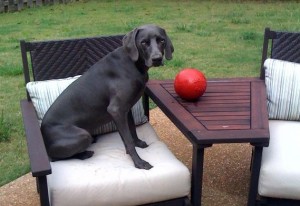
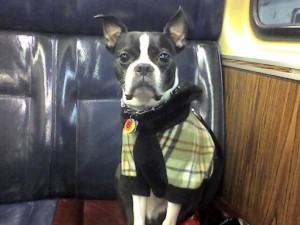
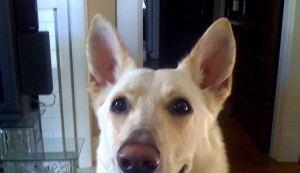
 Alan J Turner is a companion animal behavior counselor and trainer. Alan operates
Alan J Turner is a companion animal behavior counselor and trainer. Alan operates